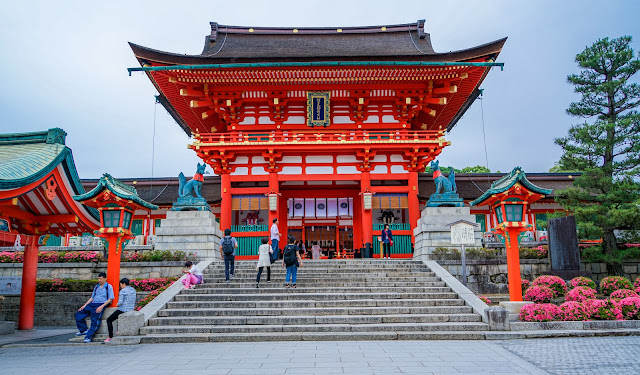Exploring the Hidden Gems: Unraveling the Art of Origami
Origami, the ancient Japanese art of paper folding, holds a captivating allure that has fascinated people for centuries. Let's embark on a journey of discovery as we unravel the hidden gems that lie within this intricate art form.
The Origins and Cultural Significance of Origami
Origami's roots can be traced back to ancient China, where paper was invented in 105 AD. However, it was in Japan that origami truly blossomed, becoming deeply ingrained in the country's culture. The word "origami" itself is derived from the Japanese words "ori" (folding) and "kami" (paper), perfectly encapsulating the essence of this art form. Origami not only served as a recreational pursuit but also played a significant role in religious ceremonies and decorations.
The Symbolism of the Crane and the Legend of a Thousand Cranes
One of the most iconic and symbolically rich origami designs is the crane. In Japanese culture, the crane holds a mystical significance, representing good fortune, longevity, and peace. The folding of a thousand origami cranes, known as "senbazuru," has become a powerful symbol of healing and hope, particularly in times of adversity. This tradition is intertwined with the poignant story of Sadako Sasaki, a young survivor of the Hiroshima atomic bombing, who aimed to fold a thousand cranes to make a wish for her recovery.
The Diverse World of Origami Designs
Origami encompasses an expansive range of designs, from the delightfully simple to the intricately complex. Traditional origami models include animals, plants, and geometric shapes, each requiring precision and creativity to bring them to life. As the art form has evolved over time, contemporary origami artists have pushed the boundaries, exploring intricate tessellations and even crafting three-dimensional sculptures that defy expectations. The possibilities are limited only by the artist's imagination.
Therapeutic Benefits of Origami
Engaging in the meditative process of folding paper offers a myriad of therapeutic benefits. As one folds and creases the paper, a sense of relaxation, mindfulness, and focus begins to permeate the mind. The rhythmic and repetitive motions of origami have been known to alleviate stress and anxiety, allowing individuals to find solace in the present moment. Origami has been employed as a therapeutic tool, aiding in the reduction of symptoms related to depression, anxiety disorders, and attention deficit disorders. Its practice encourages a state of flow, where one can immerse themselves fully and experience a sense of calm and tranquility.
Origami's Influence in Science, Engineering, and Design
Origami's influence extends far beyond the realms of art. Scientists, engineers, and designers have been captivated by its principles, finding inspiration in the intricacies of paper folding. In the field of engineering, the geometrical principles behind origami folds have led to innovative solutions such as collapsible structures, solar panels that can be folded for compact storage, and airbags that can deploy efficiently. Even in robotics, origami has played a vital role, inspiring the development of self-folding robots that can adapt and transform their shape to navigate different environments. Additionally, origami has found its way into the world of fashion and product design, with designers drawing inspiration from the elegant folds and patterns to create unique garments, lighting fixtures, and furniture pieces. Origami-inspired designs beautifully blend simplicity, elegance, and functionality, adding a touch of artistry to everyday objects.
Conclusion
Origami is a hidden gem of artistic expression that continues to captivate and inspire. Its rich history, therapeutic benefits, and potential applications in various fields make it a truly remarkable art form. Whether you're folding a simple crane or pushing the boundaries of design, origami offers a world of hidden gems waiting to be unraveled.








0 Comments